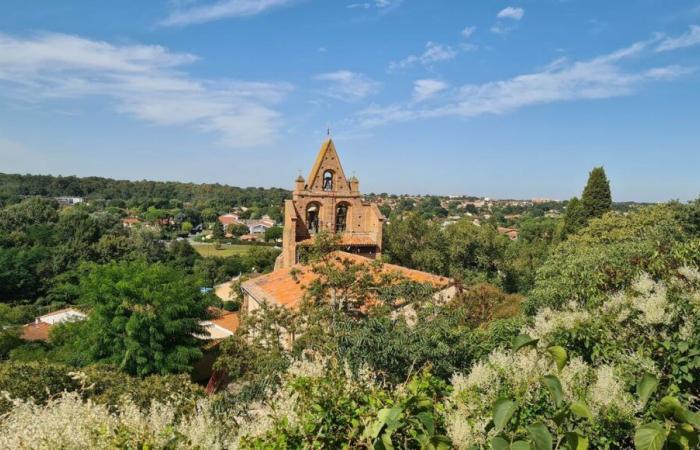
Here Nougaro, a musical show to discover this evening at 8:30 p.m. at the Aria de Cornebarrieu (north-west of Toulouse). This morning in Qu'es Aquò, we tell you about the story of Cornebarrieu: farewell-siatz Géraud Delbès!
Cornebarrieu, a name which comes from the Occitan Còrnabarriu. Còrnabarriu, what is it? It is the stream (the arriu) which curves, hence the idea of ''horn'', of meanders. Cornebarrieu is located on the banks of the Aussonnelle, this tributary of the Garonne. The Aussonnelle, a sometimes capricious watercourse: on June 18, 1845, I encountered a terrible aigat: an aigat, what is it? An aigat is a flood. On June 18, 1845, a terrible flood from the Aussonnelle to Cornebarrieu killed one person. 90 houses will be affected at the time. In the Middle Ages, Cornebarrieu developed on the left bank of the Aussonnelle, near the Aria (this performance hall) and the Bèl Solelh district. Ten, what does Bèl Solelh mean?
Is the sun beautiful?
Strong plan, òsca! Very good, well done! In the Middle Ages, pottery activity developed there with numerous kilns. For example, we make olas and tanben de pegaus. Una ola is a pot (an earthenware pot) and a pegau (or a pegal) is a pitcher. In the 18th century in Cornebarrieu, vines were cultivated there, ia tanben dos molins de vent e dos molins d'aiga / 2 windmills and 2 water mills produced flour for bread and for animal feed.
Cornebarrieu was formerly served by train…
So, I took the railway route to Còrnabarriu. In 1900, the train crossed the town of Cornebarrieu. Line to reach Granada / Grenade and Cadours, from Toulouse (from Roguet station, in Saint Cyprien). From 1913, a branch of the line allowed certain trains to go towards Montaigut and Lévignac. This line was operated at the time by the Compagnie des Chemins de Fer du Sud-Ouest. The line stopped in 1947 / this line will stop operating in 1947. At the end of the day, the bus will replace the train





